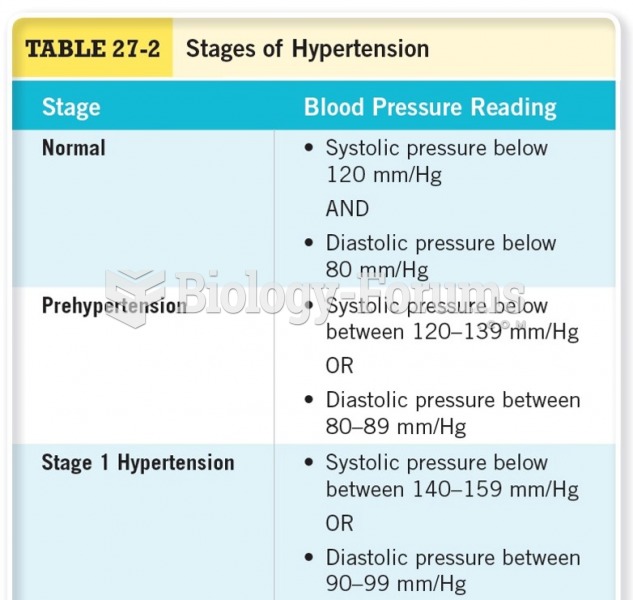Answer to Question 1
Answer: Children learn to spell over time: spelling is developmental, reflects a child's word knowledge, and occurs in stages. Children pass through five stages of spelling development: the prephonetic, early phonetic, phonetic, structural, and meaning/derivational stages. As children develop letter-sound spelling principles, they pass through the prephonetic, early phonetic, and phonetic stages. During these stages, children progress from using random letters to represent words to spelling phonetically using beginning, ending, and vowel sounds. When children become aware of structural elements of words, they progress into the structural spelling stage. This stage is also referred to as the transitional, word within word, or syllable juncture stage. During this stage, students build upon their knowledge of syllables, begin to spell with long vowels, and add endings to words. Children at this stage are also beginning to apply meanings of words to their spelling. Homophones and compounds are common examples. The final spelling stage is the meaning/derivational stage. Students within this stage have mastered common spelling patterns and are focusing on the connection between words that also have pronunciation changes. Many of the words students spell at this stage have roots in other languages and have alternate forms with different pronunciations but similar spellings.
Answer to Question 2
Answer: Words spelled in Standard English do indeed have regular and consistent patterns. These patterns include spelling and pronunciation, spelling and structure, and spelling and meaning consistency patterns. Spelling and pronunciation or spelling letter-sound patterns include rime patterns (at, sat, fat) and short vowels followed by final consonant blend or consonant diagraph patterns (jump, stamp, limp or bask, felt, fist). The spelling and structural consistency patterns are determined by the last sound of a root word. If a root word ends in a voiceless sound, an ending is voiceless (missed, packed, slipped or hated, landed, waited). If a root word ends in a voiced sound, the ending is voiced also (paved, scrubbed, rolled or matches, wishes, passes). Spelling and structural change patterns also include words in which the root word changes when an ending is added (bite-biting, hope-hoping, wade-wading or hop-hopping, run-running or berry-berries, city-cities). The final pattern, spelling, and meaning consistency is a bit more detailed. These words have three commonalities: common root words, different pronunciations, and identical spellings found in the root word (define, definition, definitive or sign, signal, signature).







